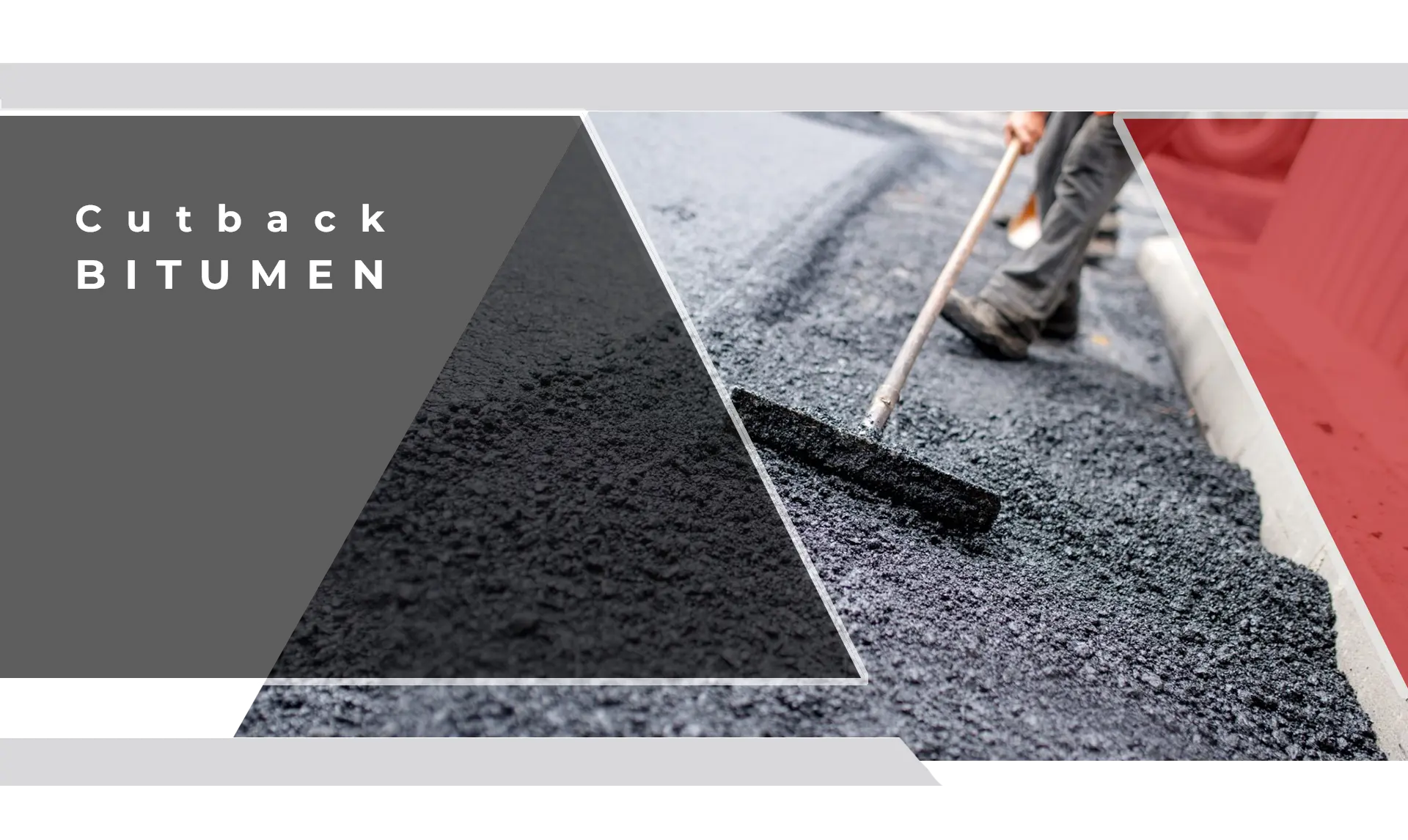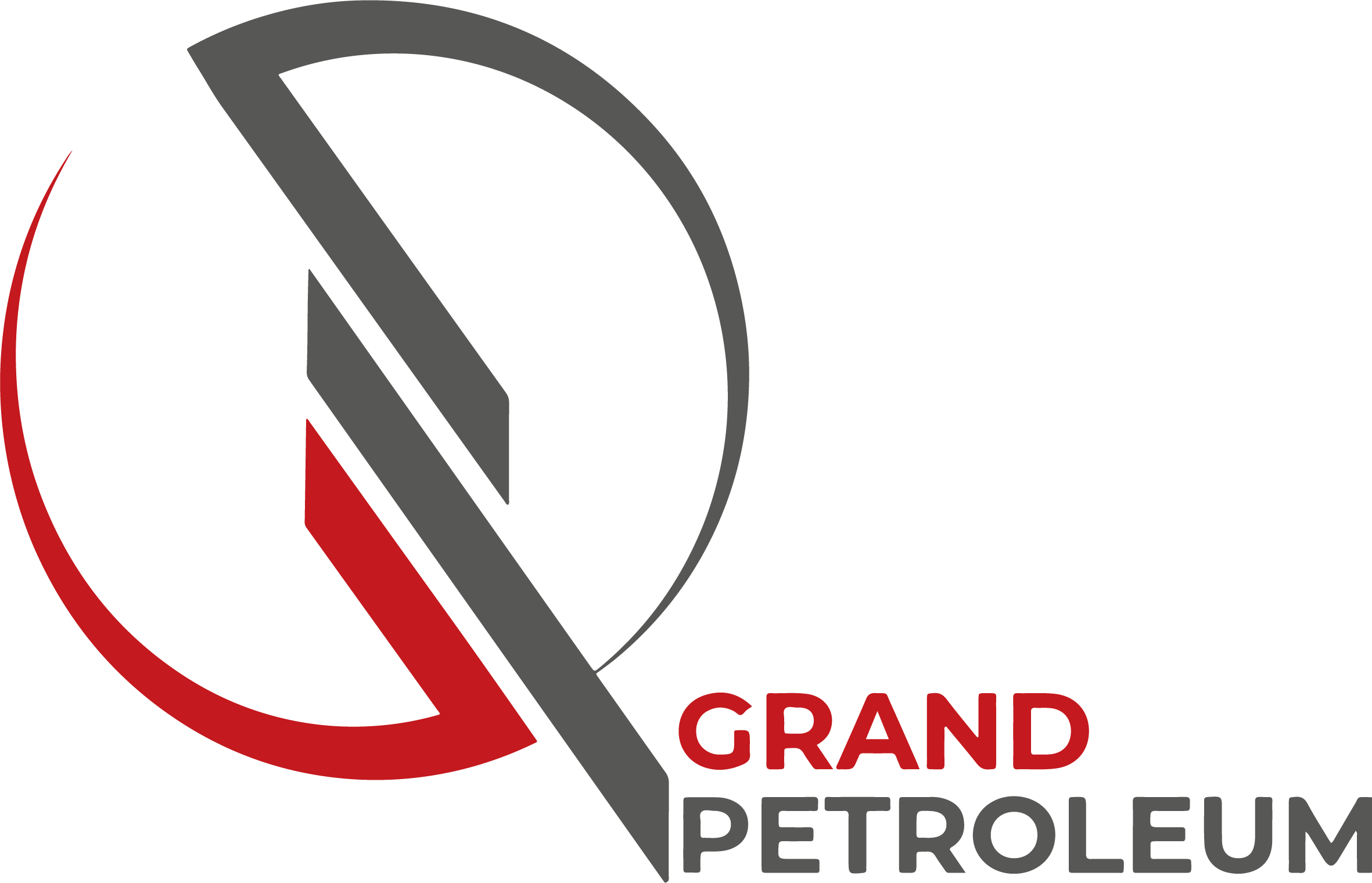
Cutback Bitumen
What is Cutback Bitumen?
Cutback bitumen is produced by mixing 70/100 or 220/160 Penn grade bitumen with kerosene to adjust the viscosity. This product is determined and designed by the flow time in seconds, using the Standard Tar Viscometer (STV).
The main use of cutback bitumen is related to surface dressing and a large part of it is used to make standard asphalt and deferred set asphalt. In addition to the STV and solvent tests, this bitumen must comply with the distillation characteristics and penetration required for the remaining bitumen.
Cutback bitumen under the asphalt work is a sticky coating and a very thin layer of bitumen that has a good bond between the two layers to ensure that the asphalt and the underlying layer create good adhesion. To use this type of bitumen, high viscosity must be used.
Types of cutback bitumen:
Cutback bitumen is a mixture of bitumen 80/100 and kerosene. There are different types of cutback bitumen and their applications.
Cutback No. 10/15:
Cutback No. 10/15 is a type of cutback bitumen (CUTBACK) that is sprinkled on the road surface and is used to impregnate the road surface. This type of bitumen should be used at a temperature of 70 to 100 degrees Fahrenheit.
Cutback No. 50/100:
Cutback No. 50/100 is used for the surface covering of roads with light traffic. And it should be used at a temperature of 140 to 176 degrees Fahrenheit.
Cutback 150/250:
Cutback 150/250 is used to cover large roads with heavy traffic and is used at temperatures of 257 to 275 degrees Fahrenheit.
Cutback 400/600:
Cutback 400/600 is used for surface coating in hot seasons. it is used at a temperature of 275 to 300 degrees Celsius.
Availability and Ordering:
Grand Petroleum Company provides Penetration Grade Bitumen at competitive prices, available in both drum and bulk formats for local and global markets. To inquire about the latest pricing or to initiate an order, Contact Grand Petroleum Sales Department.
Types of cutback bitumen based on volatility:
Cutback bitumen is suitable for prime coats and tack coats. they are divided into three groups based on the volatility of the solvent added:
1- Slow Curing or SC
Slow Curing or SC is called “road oils”. It is a residual material produced from the fractional distillation of certain crude petroleums. In cutback bitumen has been used aromatic, naphthenic, and paraffinic oils.
Slow Curing liquid bitumen materials can be prepared by blending bitumen with an oily petroleum fraction. SC bitumen is diluted with petroleum gas and is used for areas with hot climates.
Slow Curing (SC) | SC-70 | SC-250 | SC-800 | SC-3000 | Test Methods | ||||
Property | Min | Max | Min | Max | Min | Max | Min | Max | |
Kinematic Viscosity at 60°C, mm2/s | 70 | 140 | 250 | 500 | 800 | 1600 | 3000 | 6000 | ASTM D-2170 |
Flash Point (Cleveland open cup), °C | 66 | - | 79 | - | 94 | - | 107 | - | ASTM D-93 |
Distillation Test: Distillate, Volume Percent of Total Distillate to 360°C | |||||||||
Totlal Distillate to 360°C, Volume % | 10 | 30 | 4 | 20 | 2 | 12 | - | 5 | ASTM D-402 |
Solubility Trichloroethylene, % | 99.0 | - | 99.0 | - | 99.0 | - | 99.0 | - | ASTM D-2042 |
Kinematic Viscosity on Distillation Residue at 60°C, mm2/s | 400 | 7000 | 800 | 10000 | 2000 | 16000 | 4000 | 35000 | - |
Asphalt Residue | |||||||||
Residue of 100 Penetration, % | 50 | - | 60 | - | 70 | - | 80 | - | ASTM D-243 |
Ductility of 100 Penetration Residue at 25°C, cm | 100 | - | 100 | - | 100 | - | 100 | - | ASTM D-113 |
Water, % | - | 0.5 | - | 0.5 | - | 0.5 | - | 0.5 | ASTM D-95 |
2- Medium Curing or MC
Medium Curing or MC is a blend of Bitumen with lighter hydrocarbons like kerosene.
Medium Curing (MC) | MC-30 | MC-70 | MC-250 | MC-800 | MC-3000 | Test Methods | |||||
Property | Min | Max | Min | Max | Min | Max | Min | Max | Min | Max | |
Kinematic Viscosity at 60°C, mm2/s | 30 | 60 | 70 | 140 | 250 | 500 | 800 | 1600 | 3000 | 6000 | ASTM D-2170 |
Flash Point (Cleveland open cup), °C | 38 | - | 38 | - | 66 | - | 66 | - | 66 | - | ASTM D-92 |
Distillation Test: Distillate, Volume Percent of Total Distillate to 360°C | |||||||||||
to 225 °C | - | 35 | - | 25 | - | 20 | - | - | - | - |
|
to 260 °C | 30 | 75 | 10 | 70 | 5 | 55 | 40 | - | 15 |
| |
to 316 °C | 75 | 95 | 65 | 93 | 60 | 90 | 45 | 85 | 15 | 75 |
|
Residue from Distillate to 360°C, Percent Volume % by Difference | 50 | - | 55 | - | 67 | - | 75 | 5 | 80 | - | |
Test on Residue from Distillation | |||||||||||
Viscosity at 60°C, Pa | 30 | 120 | 30 | 120 | 30 | 120 | 30 | 120 | 30 | 120 |
|
Ductility at 25°C, cm | 100 | - | 100 | - | 100 | - | 100 | - | 100 | - | ASTM D-113 |
Solubility in Trichloroethylene, % | 99.0 | - | 99.0 | - | 99.0 | - | 99.0 | - | 99.0 | - | ASTM D-402 |
Water, % | - | 0.2 | - | 0.2 | - | 0.2 | - | 0.2 | - | 0.2 | ASTM D-95 |
3-Rapid Curing or RC
Rapid Curing or RC products are prepared with a light, rapidly evaporating diluent like a naphtha or gasoline.
RC bitumen is used for asphalting the cold areas. RC bitumen is a mixture of bitumen and naphtha (gasoline) and MC bitumen is used to cover areas with moderate weather conditions.
Rapid Curing (RC) | RC-70 | RG-250 | RC-800 | RC-3000 | Test Methods | ||||
Property | Min | Max | Min | Max | Min | Max | Min | Max | |
Kinematic Viscosity at 60°C, mm2/s | 70 | 140 | 250 | 500 | 800 | 1600 | 3000 | 6000 | ASTM D-2170 |
Flash Point (Cleveland open cup). "C | - | - | 27 | - | 27 | - | 27 | - | ASTM D-92 |
Distillation Test: Distillate, Volume Percent of Total Distillate to 360°C | ASTM D-402
| ||||||||
To 190 °C | 10 | - | - | - | - | - | - | - | |
To 225 °C | 50 | - | 35 | - | 15 | - | - | ||
To 260 °C | 70 | - | 60 | - | 45 | - | 25 | - | |
To 316 °C | 85 | - | 80 | - | 75 | - | 70 | - | |
Residue from Distillate to 360°C, Percent Volume by Diffenernce | 55 | - | 65 | - | 75 | - | 80 | - | |
Tests on Residue from Distillation | |||||||||
Viscosity at 60°C, Pa | 60 | 240 | 60 | 240 | 60 | 240 | 60 | 240 |
|
Ductility at 25°C, cm | 100 | - | 100 | - | 100 | - | 100 | - | ASTM D-113 |
Solubility in Trichloroethylene, % | 99.0 | - | 99.0 | - | 99.0 | - | 99.0 | - | ASTM D-4 |
Water, % | - | 0.2 | - | 0.2 | - | 0.2 | - | 0.2 | ASTM D-95 |
